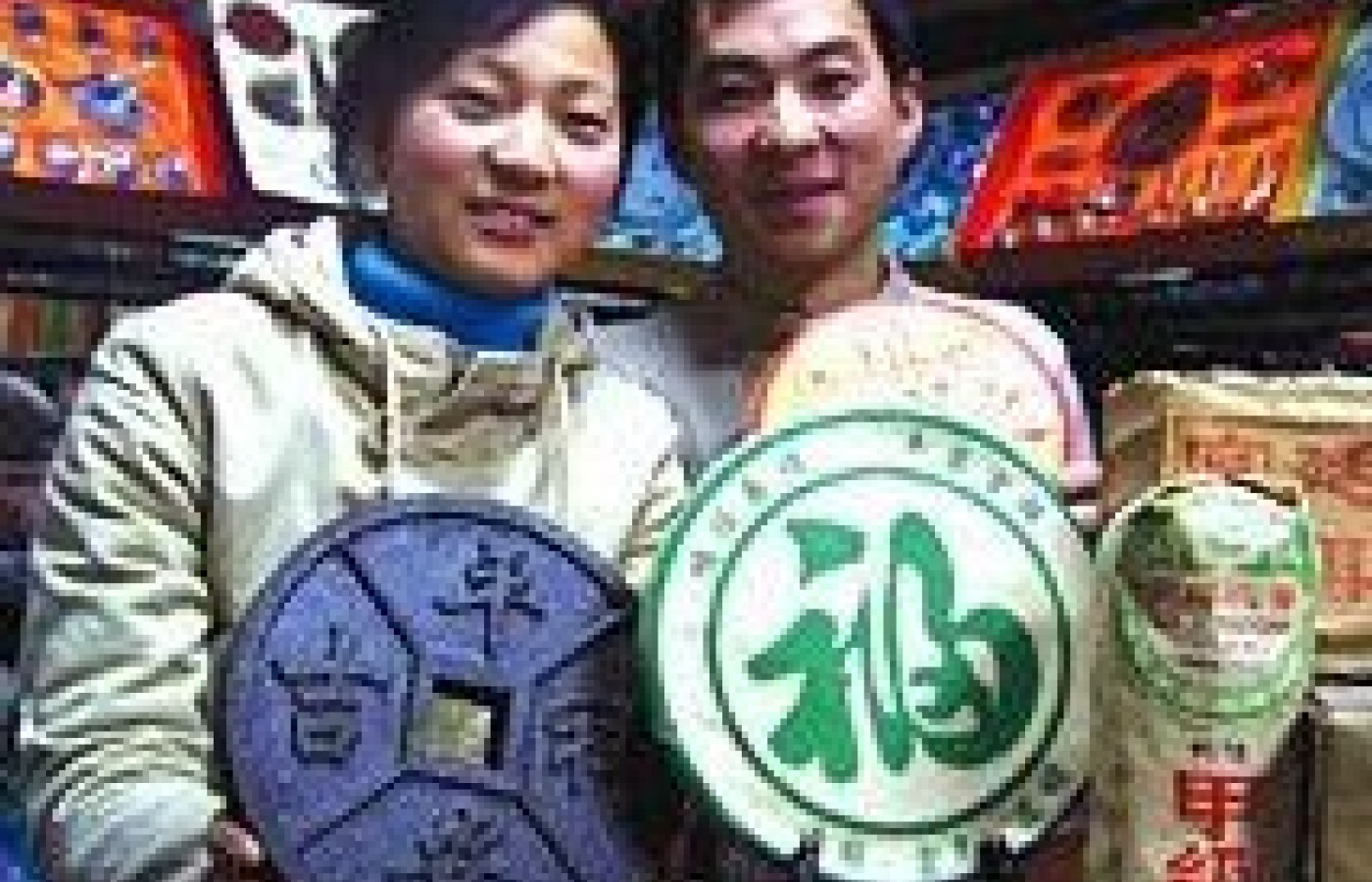Whether you accept it, avoid it or live somewhere in between, insurance coverage has become a defining issue for our profession. Patients increasingly expect to use their benefits, practitioners want to be compensated fairly for their time and expertise, and the system itself remains – at best – fragmented. The encouraging news is that coverage has expanded in meaningful ways. The challenging news is that reimbursement, across the board, remains inadequate.
"Pu Cha" Use in Traditional Chinese Medicine
Happy Chinese New Year of the Rooster, America! We have relocated to China, and the Spring Festival is in full swing. Fireworks, pageantry, party life and warm smiles abound during this two-week celebration of the beginning of the Chinese lunar calendar. Tea enthusiasts anxiously await the "spring flush" buds to emerge in one to two weeks, bringing their fresh, vibrant, aromatic character to our palate for our pleasure - and for our health.

All green tea varieties target the jue yin (Liver) meridian with their moving, cooling, detoxifying essence. Of course, foods "in season" are generally most appropriate for our consumption. Of particular benefit to the Liver is the pu-erh variety of camellia sinensis.
Pu-erh (also spelled puh-er or puer) cha shares its name with the town located in the epicenter of the area in Yunnan province where it is grown. "Pu cha," as locals refer to it, enjoys a long history. Its trees are the tallest, and considered to be the oldest living (and dead) camellia sinensis specimens in all of China. Many believe it was the first cha identified - by a human being, that is - about 1,700 years ago! The plant is cultivated in tree form, rather than being cropped into a chest-high shrub like other tea varieties commonly are. The leaf is processed in either green fresh dried (sheng) style or dark oxidized (shu) style. Both styles are available in either loose leaf or bricked form.

Pu chas are unique in that they are aged for 6-10 or more years to bring out their best flavor. Sheng pu cha's taste is more pungent and bitter than most other green tea varieties. (Other greens tend to be sweeter and mellower tasting). It also infuses more tea taste per gram than most other greens do. Shu pu cha has a distinct and rather unusual pungent, earthy taste, yet is sweeter and more mellow than the sheng style. I prefer the sheng taste, myself. The sheng style is cooling, and the shu style is warming to our system.
Traditional Chinese medical action on the body to lower blood fat (cholesterol) is the single most outstanding attribute to the pu-erh variety, specifically, over all other varieties of cha. It is the preferred tea drunk by Mongolian herdsmen, whose diet consists largely of red meat, milk and butter. They consume the tea after meals to aid in digestion, and to treat gastrointestinal stagnation.
A modern Chinese herbal formula out of Shanghai used to lower cholesterol, lose weight, detoxify and enhance the skin lists following ingredients: pu-erh, gynostemma, lotus leaf, cratageus, cassia, alisma and mordica (amounts not given), and other ingredients.
Look forward to our upcoming article, "Green Tea Formulas to Beat the Heat," this summer!



